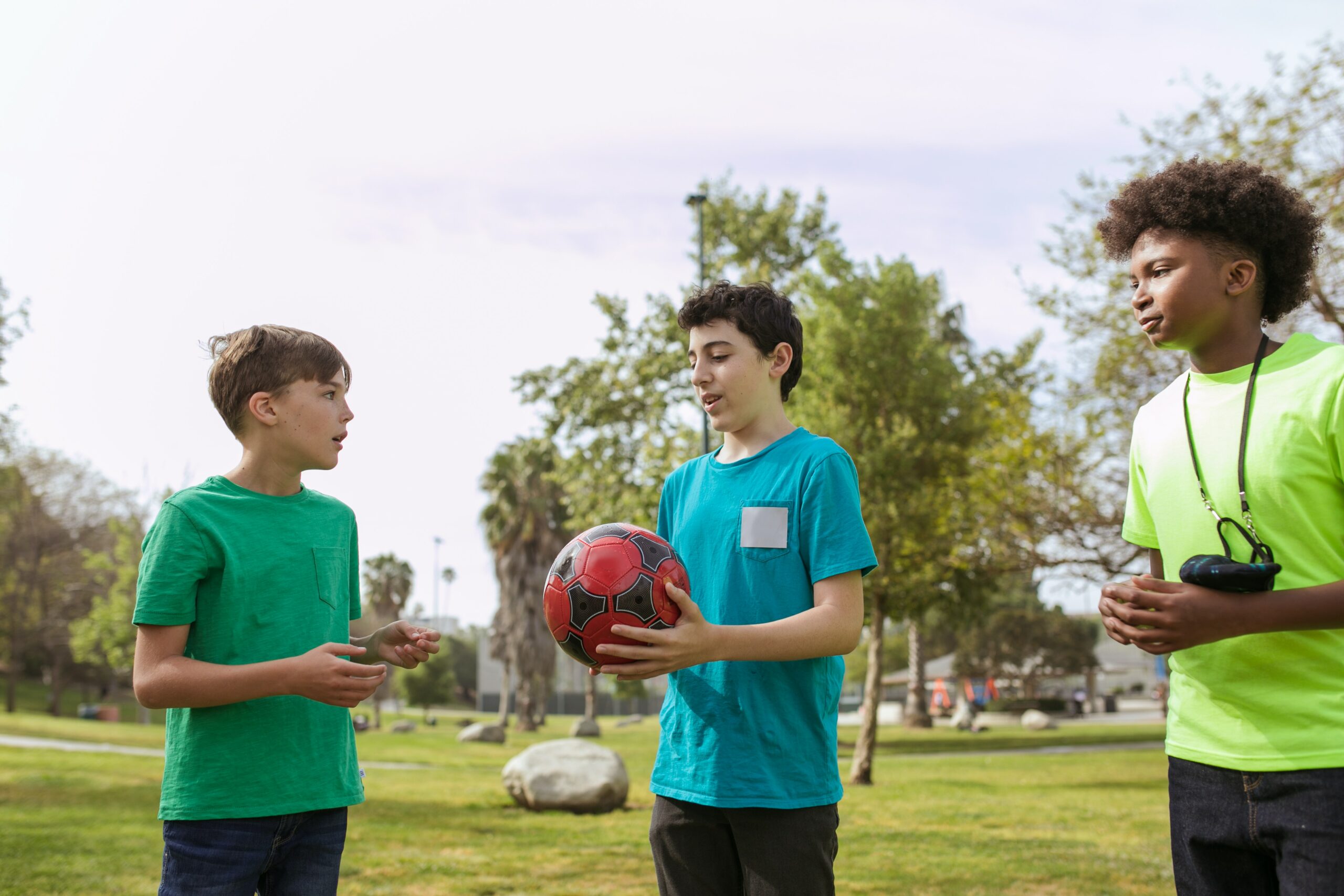Performing Cardiopulmonary Resuscitation or CPR during the COVID-19 pandemic is an important topic to talk about these days.
Imagine taking a walk in public, carefully following the 6 metres apart guidelines to ensure social distancing. You see another person collapse on the sidewalk, having a sudden cardiac arrest. The current situation tells you to avoid close contact with strangers, especially during the pandemic. Is it safe to perform CPR to try and save a person’s life? Or are you risking yourself against exposure to the novel coronavirus by giving CPR to a person in an emergency?
CPR in a Pandemic
According to a study, bystanders are strongly encouraged to perform CPR (cardiopulmonary resuscitation) or chest compressions on victims, even during this global pandemic. CPR intervention may help the patient live, and there are only low chances of dying from COVID-19 by coming to a person’s aid.
The National COVID-19 Clinical Evidence Taskforce in Australia has published new clinical and community flowcharts to respond to growing concerns of CPR during these times. The goal of the flowcharts is to guide clinicians and trained first aiders in delivering potentially lifesaving CPR as safely as possible.
Bystander CPR Guidelines
Every year around 30,000 Australians suffer from out-of-hospital cardiac arrest, according to St. John Ambulance. Here’s how bystander CPR works.
If you find yourself calling Triple Zero (000) for assistance, the operator will ask your series of questions. The common questions are if the patient is awake or if they are breathing normally. If the answer is NO to both questions, the operator will begin to give you instructions on how to provide rescue breathing and chest compressions until paramedics arrive.
It is important to note that you do not need to do full mouth-to-mouth during the pandemic. Research shows that patients who only receive chest compressions have the same survival likelihood as those in hospital discharge.
Chest compressions only (otherwise known as Hands-Only CPR)is one of the most effective ways to save someone’s life. Bystanders who witness sudden collapse or loss of consciousness should promptly activate the emergency medical services (EMS) system. It should be followed by high-quality compressions characterised by pushing hard and fast in the centre of the chest, with minimal to no interruption.
The chances of survival go down by an estimate of 10% for every minute without CPR. It is a 10-minute window to death in many emergencies. If you manage to put your hands on the person’s chest and do compressions right away, it will extend the 10-minute window of survival. It pushes it back and buys you more and the patient more time before medical help arrives.
Mr Peter Morley, chair of the Australian Resuscitation Council (ARC) and a working group member, said that it is important that trained first aid responders feel confident to perform compressions only CPR.
Conclusion
Delays in CPR can only result in worse health outcomes for patients. Many lives can be saved by knowing how to provide first aid and calling for help early.
To ensure your safety against COVID-19 and still want to help, we recommend wearing a CPR breathing mask if you have one. Monitor chest movements and look for breathing but avoid placing your face or hands near the patient’s mouth or nose. Proceed with CPR performing chest compressions only.
If you have done First Aid training before, have a first-aid certificate, and are willing to jump in to save a life – do not hesitate in doing so. We advise calling for help, starting chest compressions, and getting someone to fetch a defibrillator (AED) if one is nearby.
Do not let the risk of infection prevent you from potentially handing someone else a second chance at life. Get trained in CPR and save lives even during these unprecedented times.








